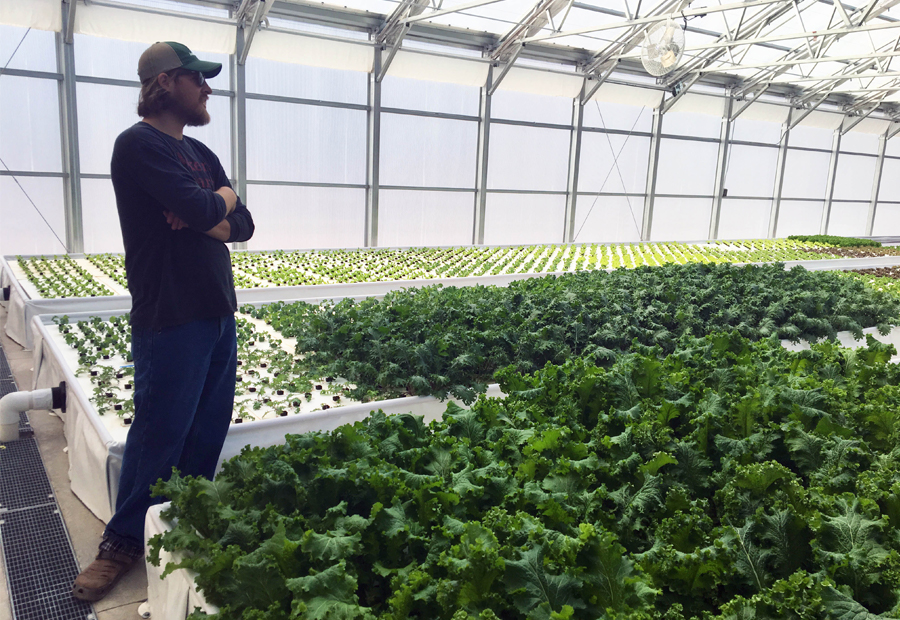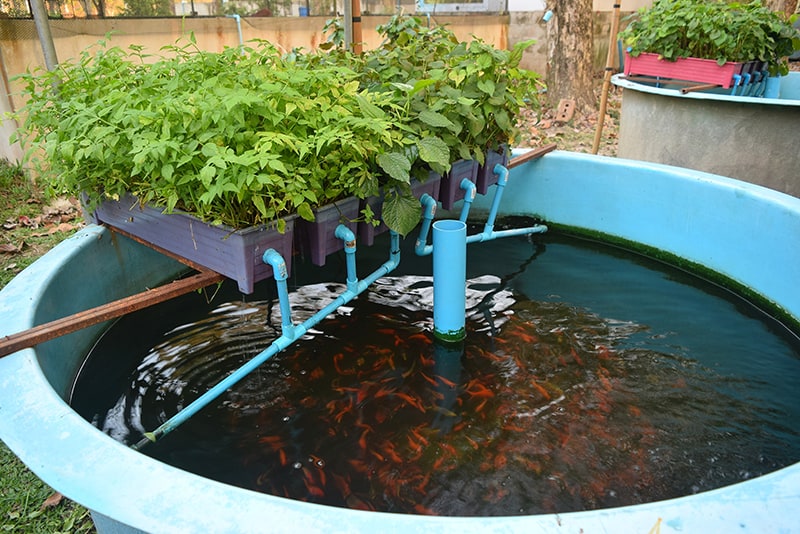Everything You Need to Know About Aquaponic Gardening

Aquaponic gardening is an efficient and sustainable method of growing plants and raising fish together in one integrated system. The fish waste provides a natural source of nutrients for the plants, and the plants help to filter the water for the fish. Aquaponic systems can be set up on a small scale in your home, or on a larger scale to provide food for a community. People do aquaponics gardening for many reasons. Some people do it to save money on groceries, while others do it to be more sustainable. There are many benefits to aquaponics gardening, and it is a great way to garden—just like betting on Hell Spin is a great way to benefit yourself.
Aquaponic gardening has a number of benefits over traditional gardening methods. Perhaps the most obvious benefit is that it uses far less water than traditional gardening. In addition, aquaponic gardens can be located indoors or outdoors, making them ideal for small spaces or areas with poor soil conditions.

These types of gardens are also virtually maintenance-free. Since plants and fish are symbiotically linked, each element helps to support the other. As a result, there is very little weeding, watering, or fertilizing required. Another benefit of aquaponic gardening is that it is extremely efficient. Both the plants and the fish benefit from the nutrients produced by the other, resulting in rapid growth. In addition, because the system is closed, there is very little loss of water or nutrients, making it an environmentally friendly option.
Not to mention, aquaponic gardening is good for the environment because it is a more efficient use of water and land than traditional agriculture. Aquaponic systems use less water than soil-based agriculture, and the water that is used is recycled and reused. Aquaponic systems also do not require the use of chemical fertilizers or pesticides, making them more environmentally friendly.
Origins of Aquaponic Gardening
In the 1970s, Dr. William M. Savocie developed the first modern aquaponic system while working on his Ph.D. at the University of the Virgin Islands. His research was focused on developing an efficient and environmentally sustainable way to raise fish and plants together. The system he designed consisted of a fish tank, grow beds filled with gravel, and a simple water circulation system.
While aquaponics is often thought of as a new method of gardening, it actually has its roots in ancient cultures. The Aztecs practiced a form of aquaponics, raising fish in ponds and using the waste to fertilize crops grown in nearby fields. The Chinese also have a long history of using fish farming to improve crop yields. In the 13th century, they developed a system of growing rice in paddies that were fed by fish-filled canals.
Aquaponic gardening offers many benefits over traditional gardening methods. It is a more efficient use of water, as the water is continually recirculated and reused. Aquaponic systems can also be set up in small spaces, making them ideal for urban gardens. And because the plants are fed by natural nutrients produced by the fish, aquaponic gardens are completely organic.
